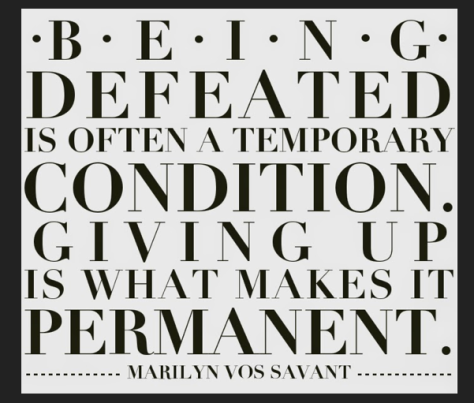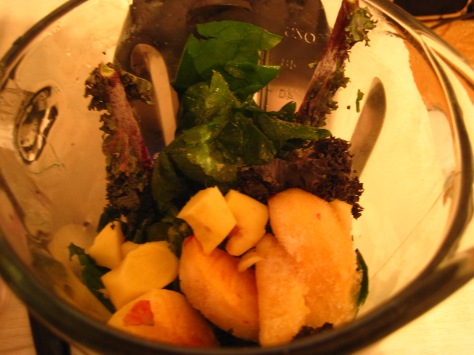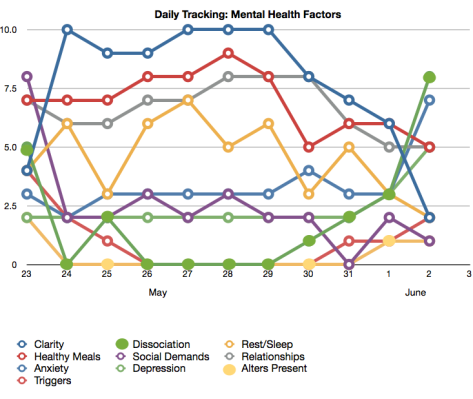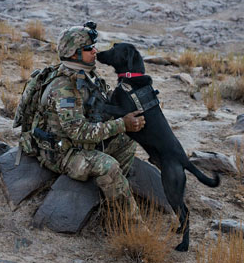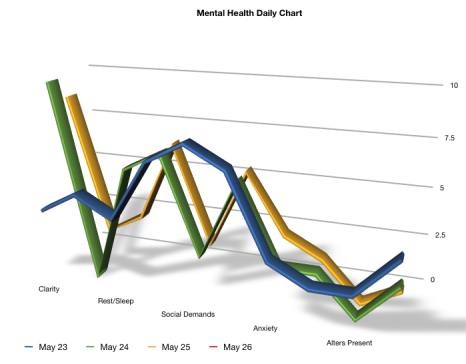Why is it so damn hard to stay consistent with routines? Why, even when I have proven to myself that I benefit from having regular routines, why can I not keep them going?
The last time I posted was three weeks ago, a very long time given that I had gotten into a routine of regular posting. I worked hard to establish a routine; a rhythm, a committment, of research, journaling, photographing, drawing and posting of my impressions. Then, all of a sudden NOTHING! I might as well have disappeared off the face of the earth, dropped into an unending well, fell off one of those ten story cliffs in the Amazon and disappeared. This is not a new pattern for me. In fact, people have commented on this throughout my life but I thought nothing of it. People I worked with would say “you’re so elusive”, “where have you been? ” or “where did you disappear to?” always accompanied by a very strange, suspicious look at me.
I’m not talking about ‘lost time’, although I certainly have experienced that too (one of these times I came home with Argo, as a puppy). No, what I’m referring to here is working on something and pursuing it with great effort and then suddenly, and out of the blue, dropping it and turning away from what I wanted. I could see this if it was not important to me, but it is incredibly frustrating because I will turn away from activities I want.
Maybe its part of the splitting; an alter taking over? Maybe, its the ups and downs of the fragmentation and mood? I don’t know.
This “dropping everything” has had the most negative impact in two areas of my life: interpersonal relations and jobs or career aspirations. In both cases, it leads to tremendous mistrust towards me and lack of friendships or positive movement in career. It is difficult to gain momentum in either case when you move forward great and then drop the ball, and repeat this pattern over and over again.
I have lost relationships this way as well as many projects, hobbies, and I have lost two businesses by simply dropping it and stepping away. I feel like I step back and throw my arms up, and turn away while everything is falling to the ground. It doesn’t matter if a situation is stressful or not, boring or not, complicated or not; I just stop and let it go. What do I do next? Typically, hang out somewhere else, more like HIDE and convince myself that “I can’t do it” or that “they aren’t interested in me anyway.” I really hate this and I want to do all I can to fix this.
I do know that I have been able to lessen this tendency by increasing routines and being even more structured through keeping notes to myself, lists and having what I need ready to go. I have also found it helpful to take breaks; give myself the ‘down time’, keep things simple and give myself encouragement to return whenever I can, even for a little bit of it.
Interestingly, over the past two weeks while I was “away”, I jotted down thoughts I wanted to share with you (over 15 of them), articles I wanted to write, areas of trauma I wanted to research and recipes I wanted to try, so there was lots to share with you. Yet, I did nothing beyond thinking about them, and laying low – out of sight, managing little.
This time, I am not giving up!
For now, please accept my apologies for my ‘absence’ and for my next set of posts as they will be out of order and may seem out of synch too. I will find out all I can about why this is, and what I, and we, can do about it, and get right back to you!

